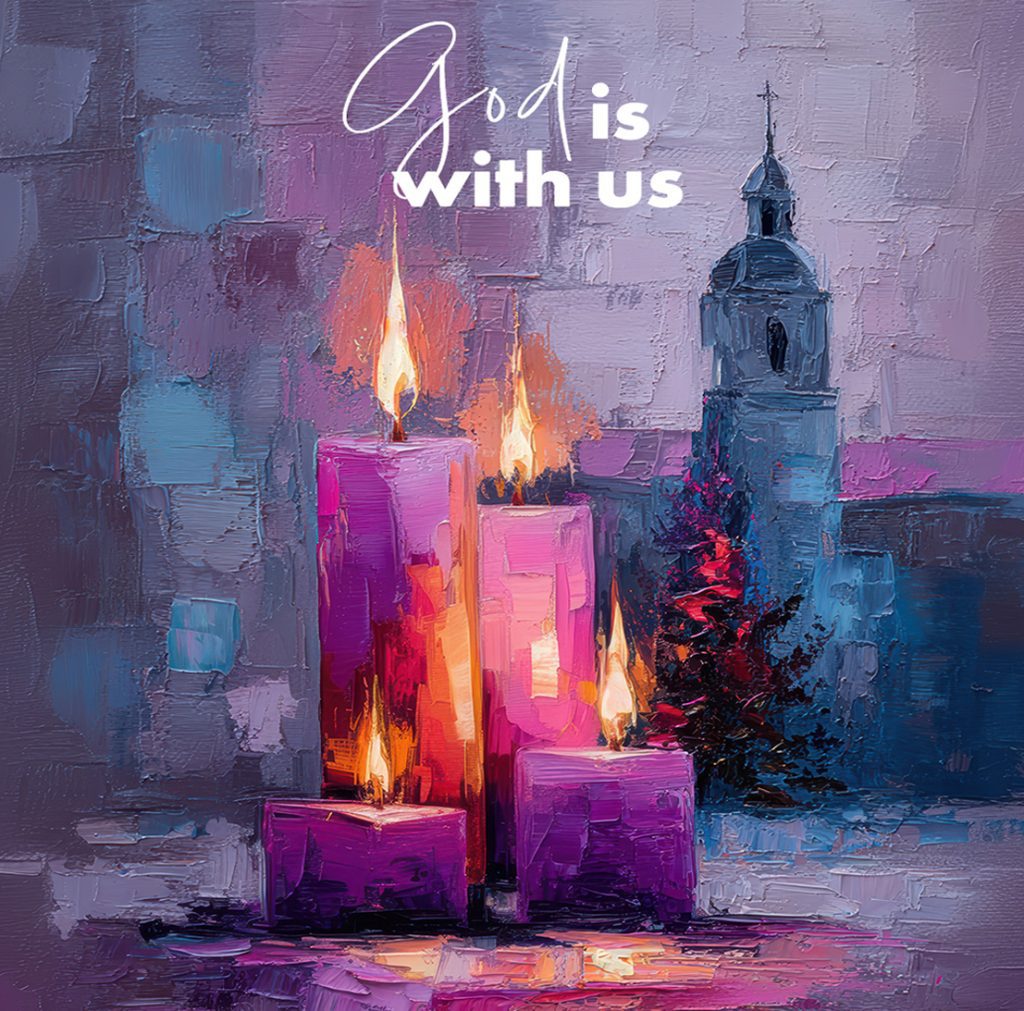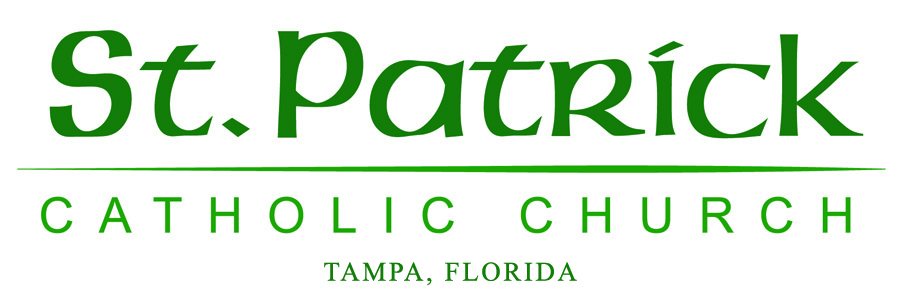Reflection by: Fr. Alberto Bueno, T.O.R.
On this Fourth Sunday of Advent, the stage is being set for the great event which we will celebrate in four days, the birth of Christ our Lord into our lowly human reality. This being year A in the Lectionary, we hear from Matthew’s Gospel. Saint Matthew focuses on Saint Joseph, who struggles to come to terms with the news of Mary pregnant with the Divine Word of God. When the angel of the Lord tells him that the child to be born is the Son of God Joseph accepts this truth and he is told: “you are to name him Jesus, because he will save his people from their sins.” (Mt 1:21) In accepting Mary into his home and naming the child, in obedience to the angel’s command, Joseph accepts his role as Jesus’ legal father, thus fulfilling the prophesy that the Messiah is from King David’s line. The sacred name of Jesus, chosen by God, has long held a prominent place in Christian spirituality. The Catechism of the Catholic Church teaches, “The name of Jesus is at the heart of Christian prayer” (435). Speaking it slowly and reflectively can, in itself, be a real and important method of prayer. Perhaps, in these last few days of Advent we could use the name of Jesus as our prayer in making our hearts and lives ready to celebrate His birth this Christmas. Allowing the Name of Jesus to dwell deeply within ourselves will truly bring Christ’s presence into our lives just as He was born in Bethlehem, “Light from Light, true God from true God.” May this Christmas bring to all of you and your families the blessings of the Peace of Christ, Prince of Peace and Light of the world!
En este cuarto domingo de Adviento, se está preparando el escenario para el gran acontecimiento que celebraremos dentro de cuatro días: el nacimiento de Cristo nuestro Señor en nuestra humilde realidad humana. Siendo este el año A del Leccionario, escuchamos el Evangelio de san Mateo. San Mateo se centra en san José, quien lucha por asimilar la noticia de que María está embarazada del Verbo divino de Dios. Cuando el ángel del Señor le dice que el niño que va a nacer es el Hijo de Dios, José acepta esta verdad y el ángel le dice: “tú le pondrás el nombre de Jesús, porque él salvará a su pueblo de sus pecados.” (Mt 1:21) Al acoger a María en su casa y ponerle nombre al niño, en obediencia al mandato del ángel, José acepta su papel como padre legal de Jesús, cumpliendo así la profecía de que el Mesías descendería del linaje del rey David. El nombre sagrado de Jesús, elegido por Dios, ha ocupado durante mucho tiempo un lugar destacado en la espiritualidad cristiana. El Catecismo de la Iglesia Católica enseña: «El nombre de Jesús está en el centro de la oración cristiana» (435). Pronunciándolo lenta y reflexivamente puede ser, en sí mismo, un método de oración auténtico e importante. Quizás, en estos últimos días de Adviento, podríamos usar el nombre de Jesús como nuestra oración para preparar nuestros corazones y nuestras vidas para celebrar su nacimiento esta Navidad. Permitiendo que el nombre de Jesús habite profundamente en nuestro interior traerá verdaderamente la presencia de Cristo a nuestras vidas, tal como Él nació en Belén, “Luz de Luz, Dios verdadero de Dios verdadero”. ¡Que esta Navidad les traiga a todos ustedes y a sus familias las bendiciones de la Paz de Cristo, Príncipe de la Paz y Luz del mundo!





